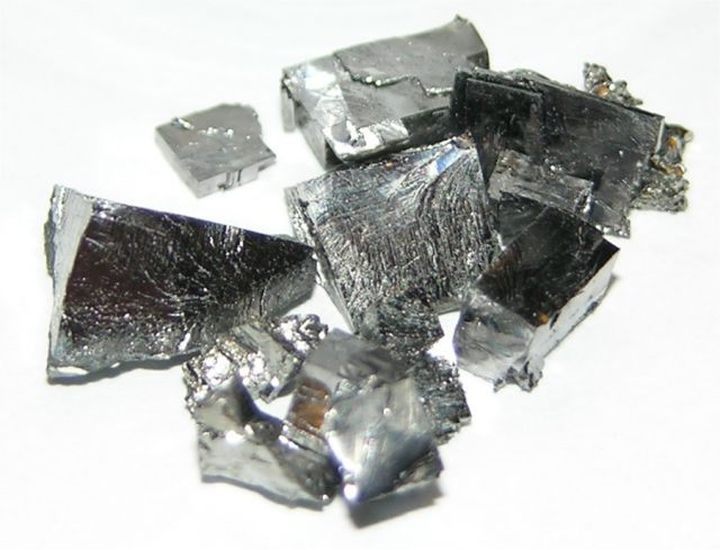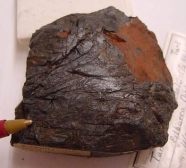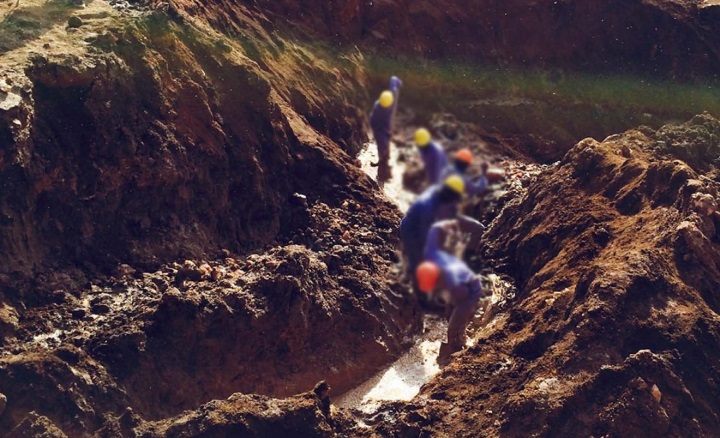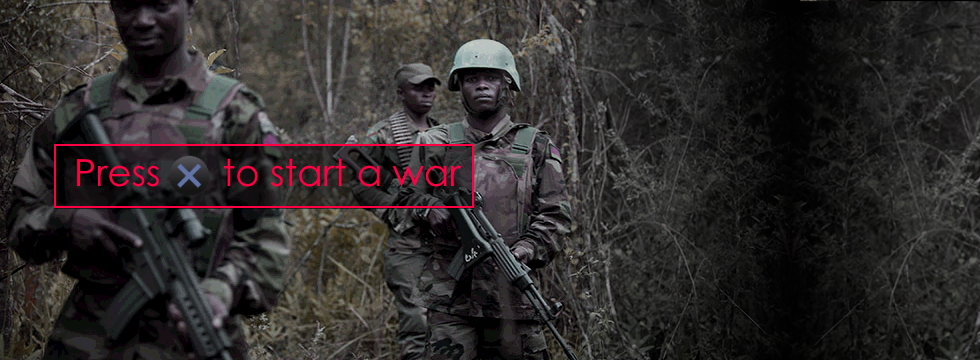One element: tantalum. Looking back at the PlayStation War
Table of Contents
This steel-grey metal was only discovered in the early years of the 19th century and did not initially seem very useful. Over time, however, the element revealed some very interesting properties. Tantalum is resistant to corrosion, high temperatures, as well as inorganic acids. It has found application in aviation, nuclear power, implants, and cumulative anti-tank missiles, among other things. But we're particularly interested in its application in electronics.

PRICES GO UP
In early 2000, shortly before the Japanese premiere of the PlayStation 2, tantalum ore was worth $30-40 per pound on international markets. In September, shortly before the premiere of the system in N. America and Europe, the price soared to above $100, and in December, to a whopping $300. In less than a year, it returned to the original value of 30-40 USD.
Tantalum is used for manufacturing small, yet efficient capacitors. The first company to take advantage of the material was Transistor Electronic Inc., an American enterprise that began production for the US Army in the 1930s. Later, the element found application in civilian computers, mobile phones and, of course, gaming consoles, with tantalum becoming one of the elements necessary for the production of modern electronic gadgets.
They (tantalum-based capacitors – ed. Note) can be found in applications such as mobile phones, portable computers, LCD monitors, wireless devices, digital cameras, telephone switch boards, computer networks, etc. As an illustration, a notebook motherboard (2Ghz) contains 22 tantalum capacitors, and a digital camcoder device contains about 13 units, and the latest 3G phones have 36 of them.
Jeangrandm, Joel. A Comprehensive Strategic Analysis of the Tantalum Industry. Simon Fraser University, 2005.
In 2000, tantalum was mainly extracted in Australia and Brazil. Local deposits have also been exploited in Rwanda, Uganda, the Democratic Republic of Congo, as well as other African states. In Congo, mostly coltan (columbite-tantalite) was extracted – which is an ore of niobium and tantalum. The methods used in Africa were reminiscent of those employed by gold miners in nineteenth-century California.

HOW MUCH TANTALUM DOES CONGO HAVE?
Some articles covering the "PlayStation War" mentioned that even as much as 70-80% of world deposits of coltan were located in Congo. This is true, but at the same not entirely accurate. Manufacturing electronics doesn't require coltan itself, only the tantalum consisting in the ore, which can also be obtained from other ores. According to the data from the US Geological Survey, the world's largest deposits of tantalum are not located in Rwanda and Congo, but in Australia, Brazil, and Canada.
The price of war
A total of eight countries, along with about 25 armed groups, participated in the Second Congo War. Armed conflicts are a costly business – all of the belligerents needed weapons and munitions. On top of that, all the soldiers and mercenaries also had to be paid. Africa does not have a large and developed military-industrial complex, so generals and warlords needed hard currency to import weapons or buy them on the black market, ruthlessly seizing every opportunity to earn money, and, of course, contesting the sources of income.
In 1999 and 2000 a sharp increase in the world prices of tantalum occurred, leading to a large increase in coltan production in eastern Democratic Republic of Congo. Part of that new production involved rebel groups and unscrupulous business people forcing farmers and their families to leave their agricultural land, or chasing people off land where coltan was found and forcing them to work in artisanal mines.
Final report of the Panel of Experts on the Illegal Exploitation of Natural Resources and Other Forms of Wealth of DR Congo. October 23, 2003

As we learn from the Coltan, Congo & Conflict report prepared by The Hague Centre for Strategic Studies, coltan was one of many natural resources that helped fund the Congo war, but not nearly the most significant one. This region of Africa is rich in valuable resources such as gold, tungsten and cassiterite. Extraction of coltan to get additional funds for the war begun only as the prices on world markets hit the ceiling. When prices returned to the default value, mining operations were abandoned. Before that, however, the country has seen some truly horrific events.
Most of the time, force has been an essential element in capturing economic benefits from minerals. Forced labor, pillaging, various taxes, obligatory fees and protection payments, monopoly on exports – all these methods have been used by one or various armed groups.
Ridder, Marjolein de, (et. al.) Coltan, Congo And Conflict. Hague: The Hague Centre for Strategic Studies, 2013.
The exploitation of natural resources was harmful in two ways. First, it meant the displacement of local populations, skirmishes for the deposits, and destruction of crops, and second, it provided money that fueled the war. It is estimated that during the price boom, the sale of tantalum ore from Congo brought $20 million a month to various organizations. That meant more soldiers, weapons, ammunition, and more violence.

